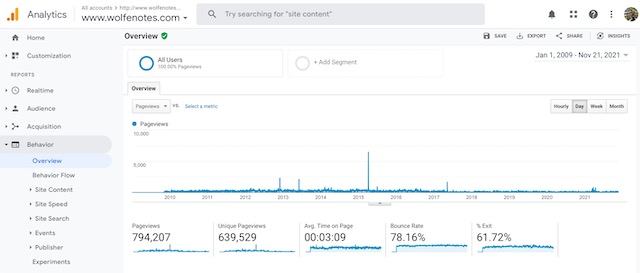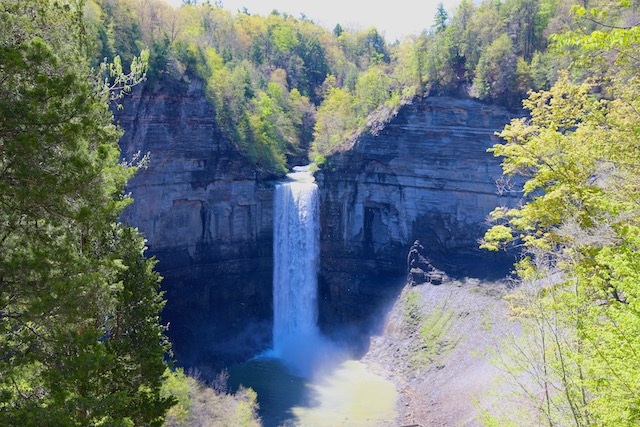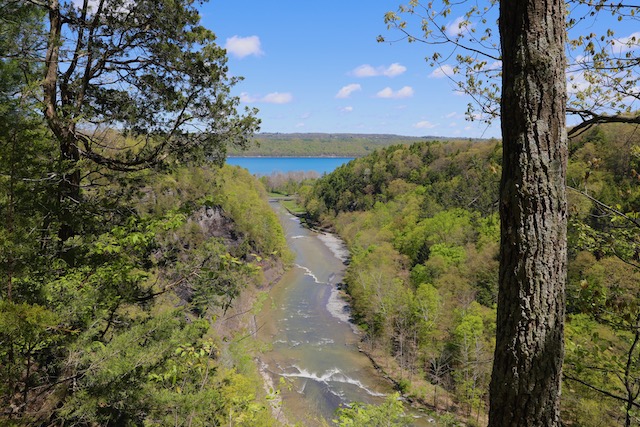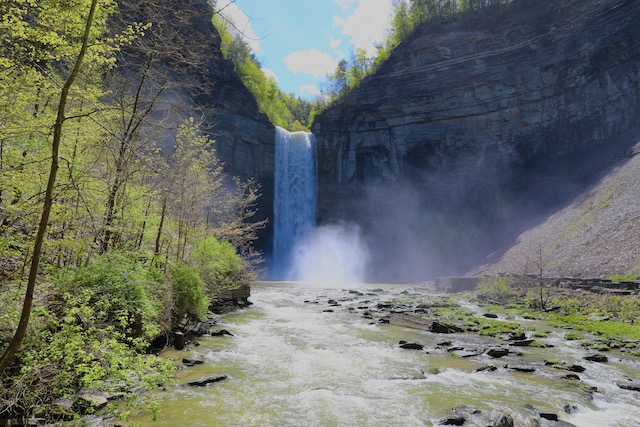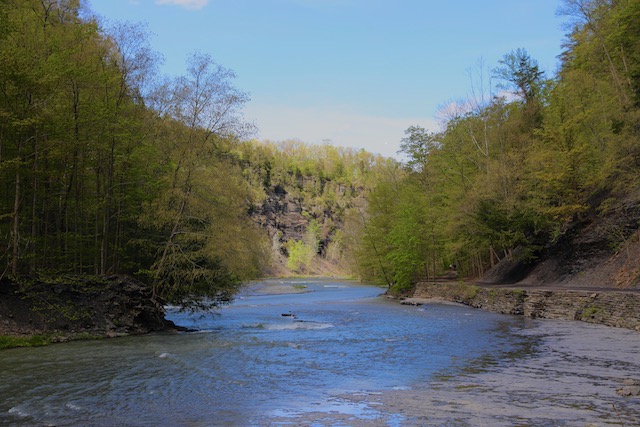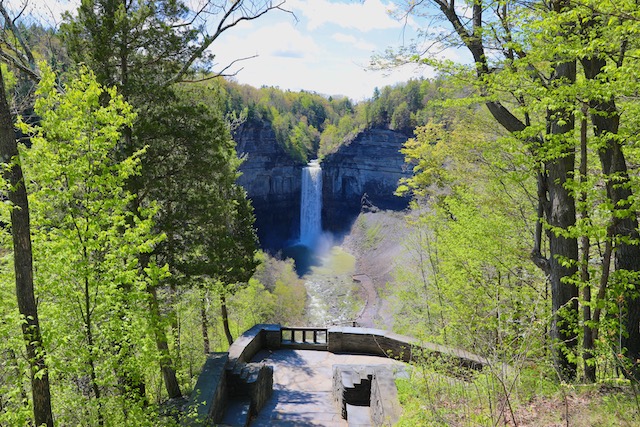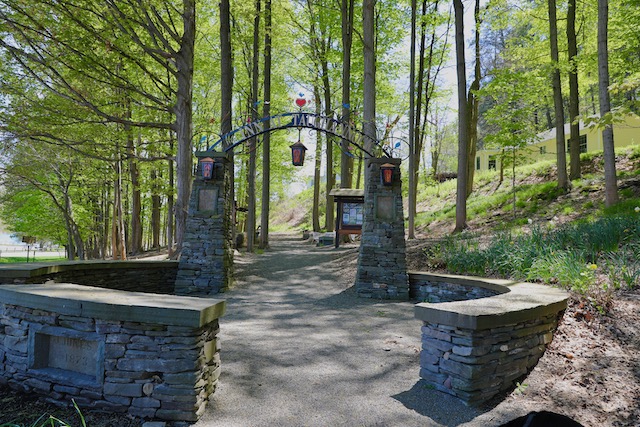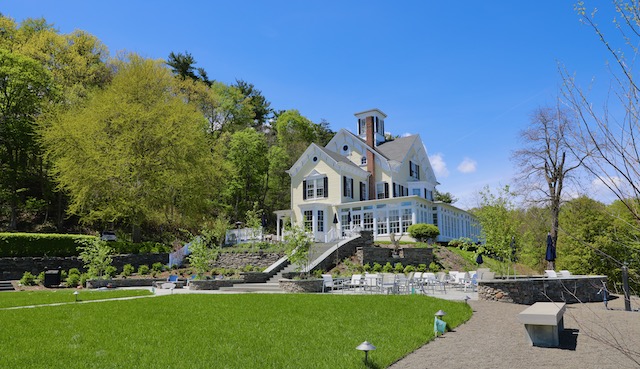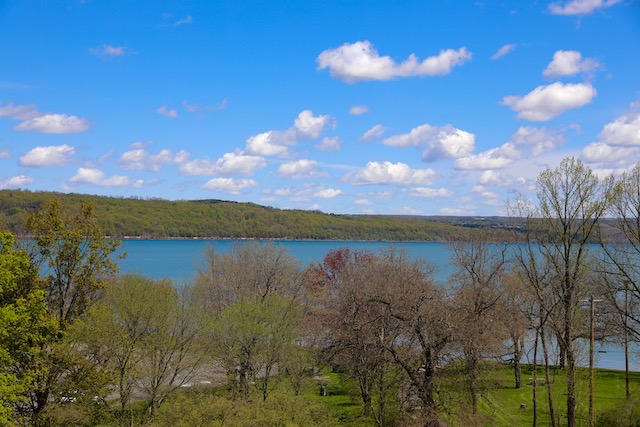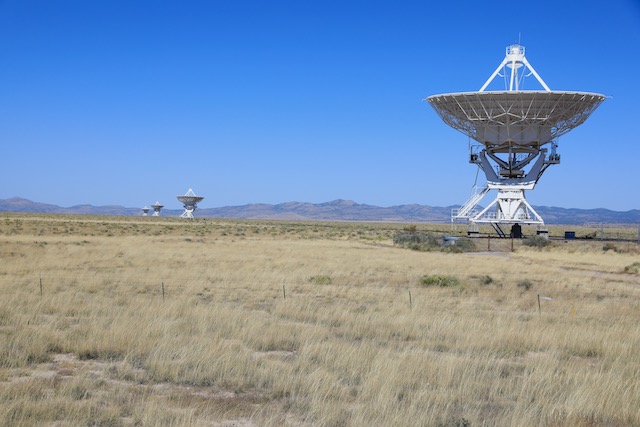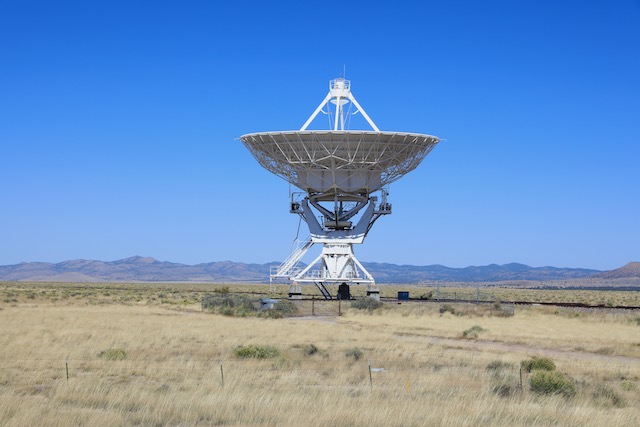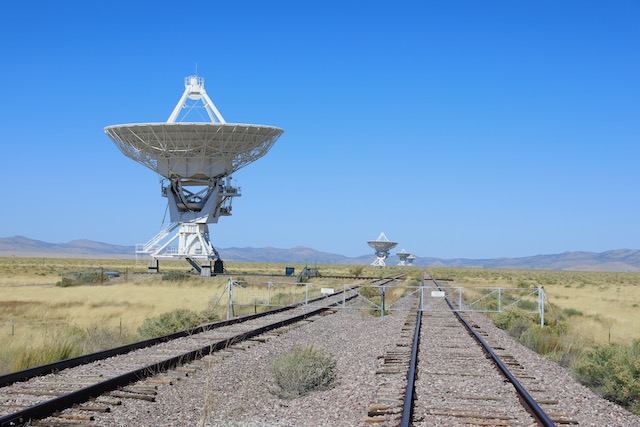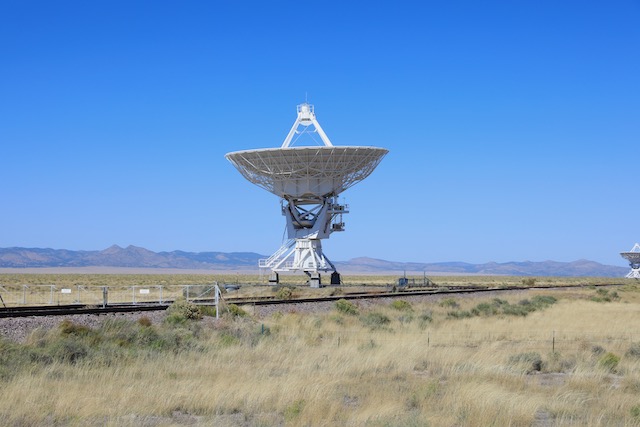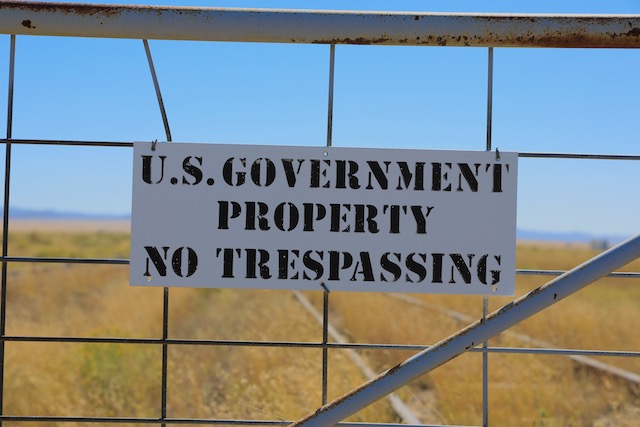DEP Air Pollution Fees Expose The Fraud Of RGGI Allowances
A Massive $2.4 Billion Dollar Subsidy To Climate Polluters
It riles them to believe
That you perceive
The web they weave
And keep on thinking free. ~~~ Moody Blues (1969)
The Murphy DEP just annually updated existing air pollution emissions fees to account for the Consumer Price Index (CPI).
As published in the November 15, 2021 NJ Register:
CPI Percentage Increase for Annual Emission Fee
An annual emission fee must be paid by each major facility subject to N.J.A.C. 7:27-22. The annual emission fee is calculated each year according to N.J.A.C. 7:27-22.31(b), which applies the CPI adjustment to the base amount per ton of emissions. Applying the CPI adjustment since 1989 to the base amount of $60.00 per ton results in an annual emission fee for FY 2022 of $130.39. Therefore, a facility subject to this fee must multiply $130.39 times the quantity of regulated air contaminant emissions emitted in tons during calendar year 2020.
Did you get that?
Polluters are required to pay $130.39 per ton of air pollution emissions.
Ironically, that “polluter pays” policy was imposed by DEP back in the early 1990’s during the Florio administration (that was before Neoliberalism and corporate capture were fully consolidated and absolute. As we have seen, those fees could never be imposed today).
But the DEP air pollution fees are not based on the economic impacts of air pollution on public health and the environment.
Instead, the DEP mandated pollution fees are based on how much money it costs to run DEP’s air pollution control program. Polluters pay for the salaries of the bureaucrats, but not the deaths their pollution causes.
Coincidentally, DEP’s fees are in the range of what economists calculate as the social costs of carbon.
Absurd.
But that’s not all, or even the worst.
Greenhouse gas emissions – while defined by DEP as “regulated pollutants” under NJ’s Air Pollution Control Act – are specifically exempt from the $130.39 pollution fees.
Repeat: greenhouse gas emissions, which threaten human existence, are not subject to these DEP air pollution fees.
That is not an inadvertent oversight by DEP or accidental loophole.
It was done intentionally when in 2005 DEP adopted regulations to define greenhouse gas emissions as pollutants. In that regulation, DEP explicitly exempted greenhouse gas emissions from DEP permit and fee requirements. Thanks so much former DEP Commissioner Brad Campbell!!
Here it is: (from the NJ Register)
It was not the Department’s intent to establish CO2 emissions permitting and regulatory requirements through the proposed amendments. The Department has modified the rules on adoption to except CO2 from existing air pollution regulatory and reporting requirements. ~~~ NJ DEP, 2005
As I wrote, no need to take my word for it. Here is Rutgers’ explanation of that sellout:
NJDEP has affirmed that “air pollution” as it is defined under the APCA is broad enough to encompass GHGs. In 2005, NJDEP promulgated a regulation that revised existing regulatory definitions to clarify that CO2—as a GHG—met the definition of an air pollutant under the Act.873. The agency exempted CO2 from existing regulatory requirements, but did require that stationary sources report emissions of CO2 and methane as an air pollutant.874 (see page 165 of the Rutgers Report)
Very few people are aware of this scandal and I’ve never seen it reported by the media.
Instead of being required to pay the same air pollution emission fees as other major polluters, greenhouse gas emissions from a limited group of power plants – which emit about 20% of NJ’s total greenhouse gas emissions – are required to pay for the pollution they emit by purchase of “allowances” under the “Regional Greenhouse Gas Emissions” (RGGI) program in northeast states.
According to the most recent RGGI auction, the RGGI allowance price is $9.30 per ton (up from just $7.37 this summer).
The difference between the DEP air pollution fees ($130.39/ton) and the RGGI allowance prices ($9.30/ton) is a subsidy of $121.09 per ton.
If you multiply this $121.09 per ton subsidy by approximately 20 million tons of GHG emissions by NJ’s power sector subject to the RGGI allowance requirements, (not considering industrial emissions, transportation emissions, pipelines, and buildings) that alone represents a $2.4 BILLION ANNUAL SUBSIDY to climate polluters.
And that’s just to the power sector. Billions more in subsides are provided to the other GHG polluters.
And that is what proves that RGGI is a joke.
This must change.
It could very easily be done by DEP by merely amending current regulations to subject greenhouse gas emissions to the current DEP air pollution fees. Or set them based on the social cost of carbon.
But it is very unlikely that the upcoming DEP climate PACT regulations will make the simple change of subjecting greenhouse gas emissions to the DEP’s air pollution fees or the social cost of carbon.
Will incompetent and corrupt cheerleading environmental and climate groups make this demand?
Will the stenographers in the NJ press corps even report this story?
We’re not holding our breath.
